Sales Cycle Guide: Definition, Stages, Techniques
Casey O'Connor
The sales cycle refers to the specific stages and actions that a sales organization performs in order to complete a sale.
For most companies, the general phases of the sales cycle look more or less the same. Of course, the specific steps a business and its customers take along the way will be company-dependent, but the general framework is pretty standard.
In this article, we’ll go over the basics of the sales cycle, as well as what makes them so important to understand, track, and optimize.
Here’s what we’ll cover:
- What Is a Sales Cycle?
- Why Is the Sales Cycle Important?
- The Stages of a Sales Cycle
- What Influences Sales Cycle Length?
- How to Optimize, Measure, and Shorten Your Sales Cycle
- Essential Tools for Sales Cycle Management
- FAQs
What Is a Sales Cycle?
The sales cycle is the complete journey a company undertakes from the initial contact with a prospective customer to the final closed deal and often beyond. It encapsulates every action, decision point, and input/output scenario your sales organization navigates in the pursuit of selling a product or service. Despite its seemingly straightforward definition, having a formalized and well-defined sales cycle is not just beneficial—it’s critically important for any company aiming for sustainable business growth.
Metrics and Key Performance Indicators (KPIs) related to your sales cycle are some of the most impactful contributors to your company’s bottom line. Research consistently shows that businesses with an established, well-tracked sales cycle see an average of 18% more revenue growth than those who take a more haphazard approach. This isn’t just about closing more deals; it’s about predictability, efficiency, and continuous improvement.
Increased revenue is merely one of the many benefits of optimizing your sales cycle. There are many other reasons to dig into and refine the specifics of your current sales process. Specifically, a refined sales cycle allows sales managers to:
- Forecast Revenue More Accurately: Understand lead-to-close timelines.
- Identify Bottlenecks: Pinpoint where deals get stuck and why.
- Improve Sales Coaching: Provide targeted sales coaching for specific stages.
- Allocate Resources Effectively: Direct effort where it yields the most impact.
- Enhance Customer Experience: Provide a consistent and guided buying journey.
Sales Cycle vs. Sales Process vs. Sales Pipeline: Understanding the Nuances
While often used interchangeably, understanding the distinct yet interconnected roles of the sales cycle, sales process, and sales pipeline is crucial for any sales professional looking to gain a strategic edge and capture broader search intent.
Sales Cycle: The Journey
The Sales Cycle refers to the duration from the first engagement with a prospect to the close of the deal (win or loss). It’s the overall time investment and the buyer’s journey through various interactions. Think of it as the lifecycle of a single sales opportunity.
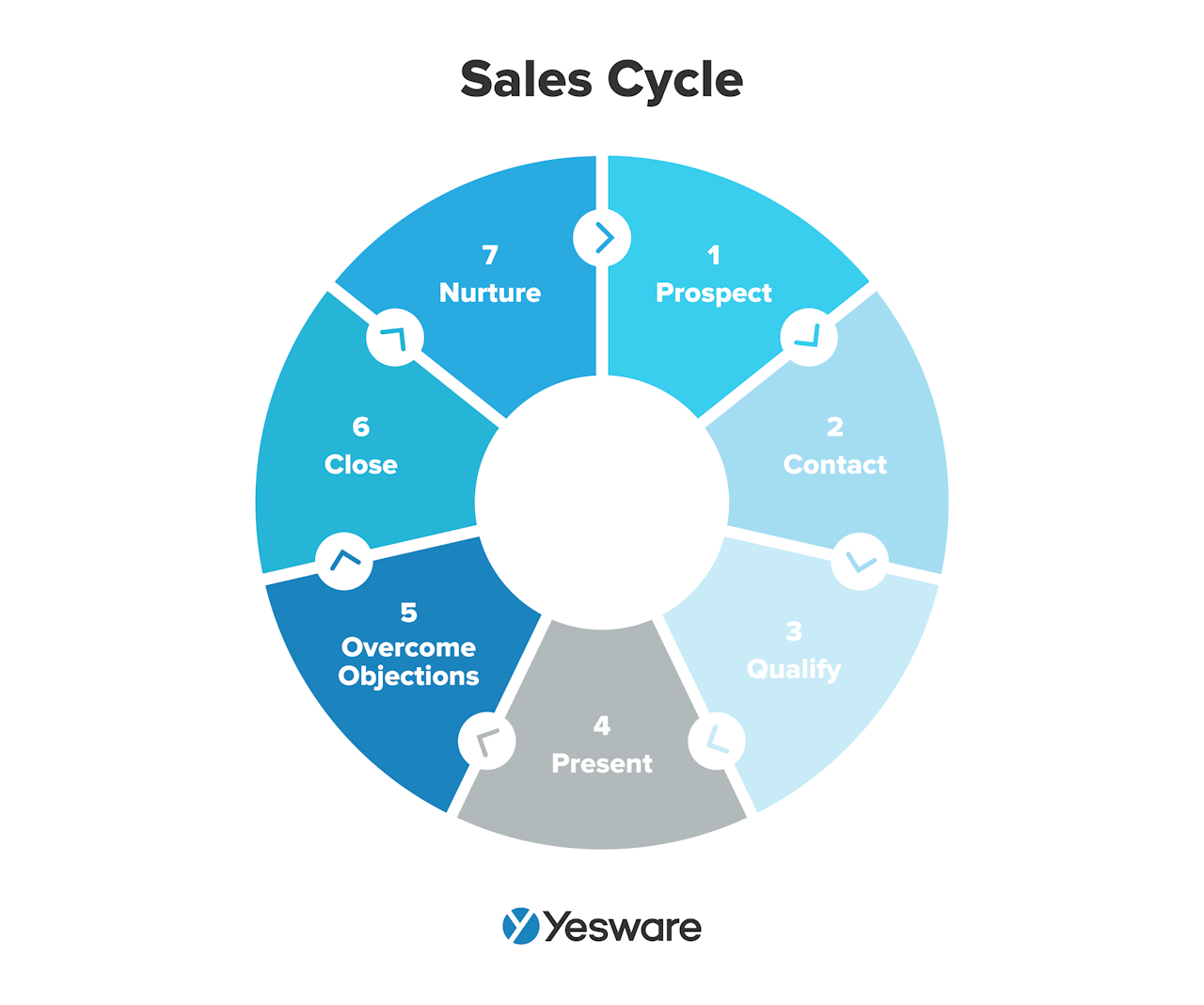
Sales Process: The Steps
The Sales Process is the defined set of repeatable steps that a sales team follows to move a prospect through the sales cycle. It outlines the specific actions, activities, and milestones that a sales rep undertakes at each stage.

It’s your sales methodology, your playbook. For instance, a common sales process might include steps like “Prospecting,” “Qualification,” “Discovery,” “Proposal,” and “Closing.”

Sales Pipeline: The Visual Overview
The Sales Pipeline is a visual representation of all active sales opportunities (or “deals”) currently in progress, categorized by the stage they are in within your sales process. It’s a snapshot of your sales forecast, showing the volume and value of deals moving through your funnel. A sales pipeline allows managers and reps to quickly see the health of their sales efforts, identify potential issues, and forecast future revenue.

Why the Distinction Matters for Sales Professionals:
- Clarity of Strategy: Knowing the difference helps you strategize. You follow a sales process to manage opportunities in your sales pipeline, all with the goal of shortening and optimizing your sales cycle.
- Accurate Measurement: Each term has its own critical metrics. You track sales cycle length, conversion rates between sales process stages, and the value/number of deals in your sales pipeline.
- Targeted Improvement: If deals are stalling, you might analyze a specific stage of your sales process. If sales forecasting is off, you examine your sales pipeline. If your average deal takes too long, you focus on shortening the overall sales cycle.
By grasping these definitions, sales professionals can communicate more precisely, analyze their performance more effectively, and implement targeted sales strategies to drive more predictable and profitable results.
Note: Many companies use the sales terms “prospects” and “leads” in different ways; some even use them interchangeably. Be sure to confirm the usage of these terms with your team; if there’s not already a standardized definition, take the time to make that happen. (This guide can help: Lead vs. Prospect vs. Opportunity.)
Why Is the Sales Cycle Important?
A clearly defined sales cycle isn’t just a best practice; it’s a fundamental blueprint that empowers sales organizations to achieve consistent, predictable, and scalable growth. It provides a repeatable framework that sellers can rely on to attract, engage, and retain customers more effectively. Beyond being a simple roadmap, an optimized sales cycle delivers a cascade of strategic benefits that impact every facet of your sales operation, from team efficiency to investor confidence.
Here are the key advantages of investing in a well-defined sales cycle:
Enhanced Team Structure
When your sales cycle is clearly articulated, the onboarding process for new hires becomes exponentially more efficient. Think of it as providing a comprehensive operations manual:
- Rapid Ramp-Up: New sales reps receive a precise roadmap detailing every step, decision point, and expected action required to successfully close a sale. This clear “if X happens, then do Y” documentation saves significant time and energy, allowing new hires to hit the ground running with confidence.
- Role Clarity: A well-planned sales cycle ensures every team member understands their specific role and responsibilities within the larger sales ecosystem. This cohesion fosters a “well-oiled machine” dynamic, eliminating confusion and enhancing collaborative efforts to close deals seamlessly.
Better Intel for Reps
A defined sales cycle acts as an invaluable intelligence hub for your entire sales force.
- Actionable Guidance: Reps gain clear insight into the flow of the sales process, who is responsible for which components (e.g., SDR handoff, AE demo, CSM follow-up), and what benchmarks to expect as they engage with prospects.
- Improved Adaptability: This understanding empowers individual reps to better anticipate prospect needs, proactively address concerns, collaborate in closing deals, and tailor their strategy with precision, leading to more impactful interactions.
Better Value for Prospects
The sales cycle also improves the sales experience for the buyer. When sales reps use the sales cycle as a point of reference, they’re able to pinpoint exactly where each prospect is in their buyer’s journey.

With this clarity, reps can better understand the prospect’s specific needs, priorities, and potential hesitations at that particular stage, allowing them to deliver highly relevant content, discussions, and solutions that resonate deeply. This eliminates generic sales pitches and replaces them with value selling.
Improved Overall Sales Performance
Segmenting the sales process into defined stages with the sales cycle can help maximize the efficiency of your sales pipeline.
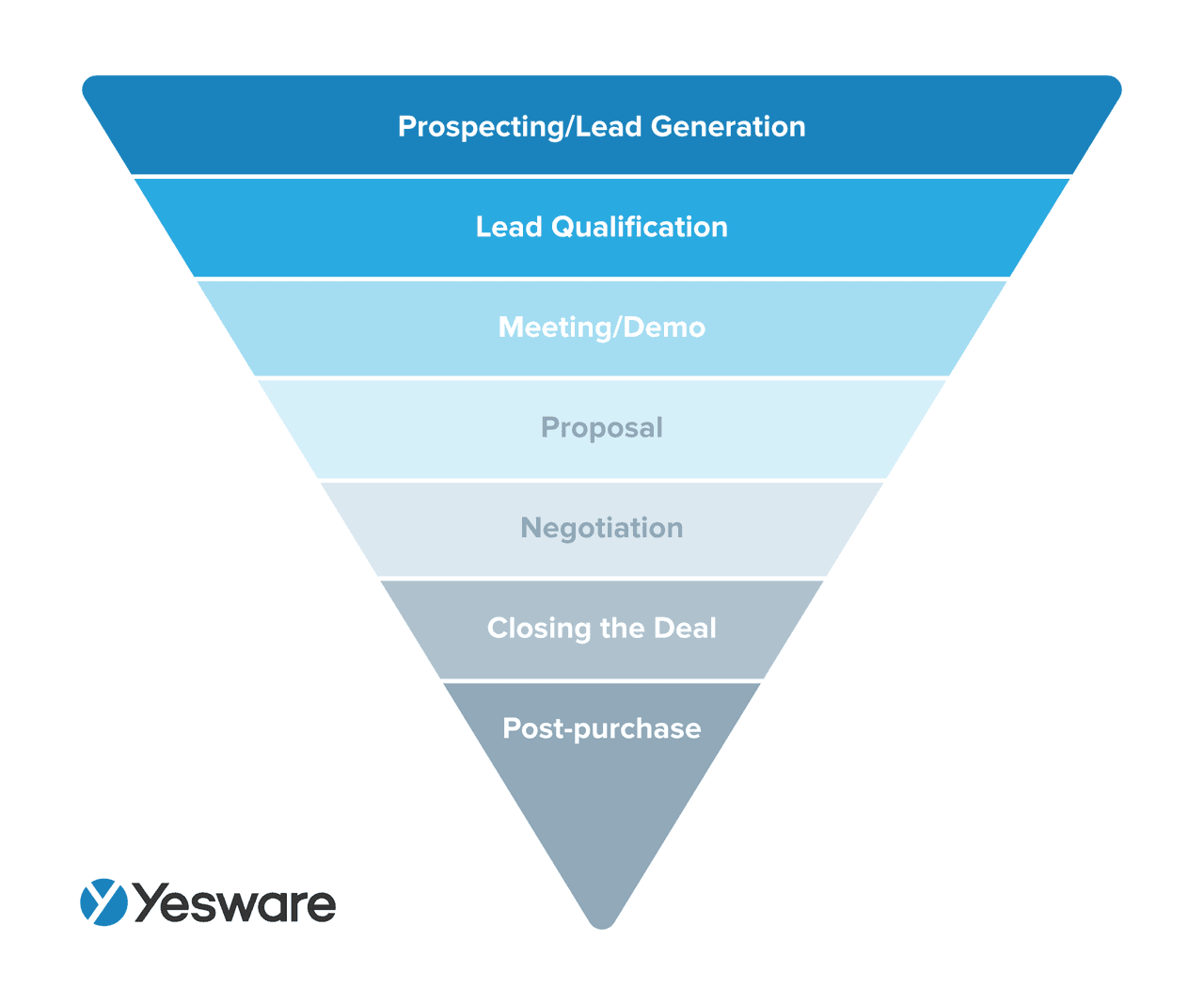
- Strategic Resource Allocation: Sales managers gain the visibility needed to prioritize the right resources, leads, and interventions at precisely the right time.
- Performance Optimization: A defined cycle makes the entire sales process easier to track, evaluate, and continuously improve. Robust analysis reveals where the process excels, identifies critical bottlenecks, and uncovers inefficiencies that need immediate attention, driving higher conversion rates and faster closes.
Improved Investor Relations
When your sales reps adhere to a defined sales cycle, it makes the sales process more predictable. When your sales process is predictable, you’re in a fantastic position to make a highly accurate sales forecast. 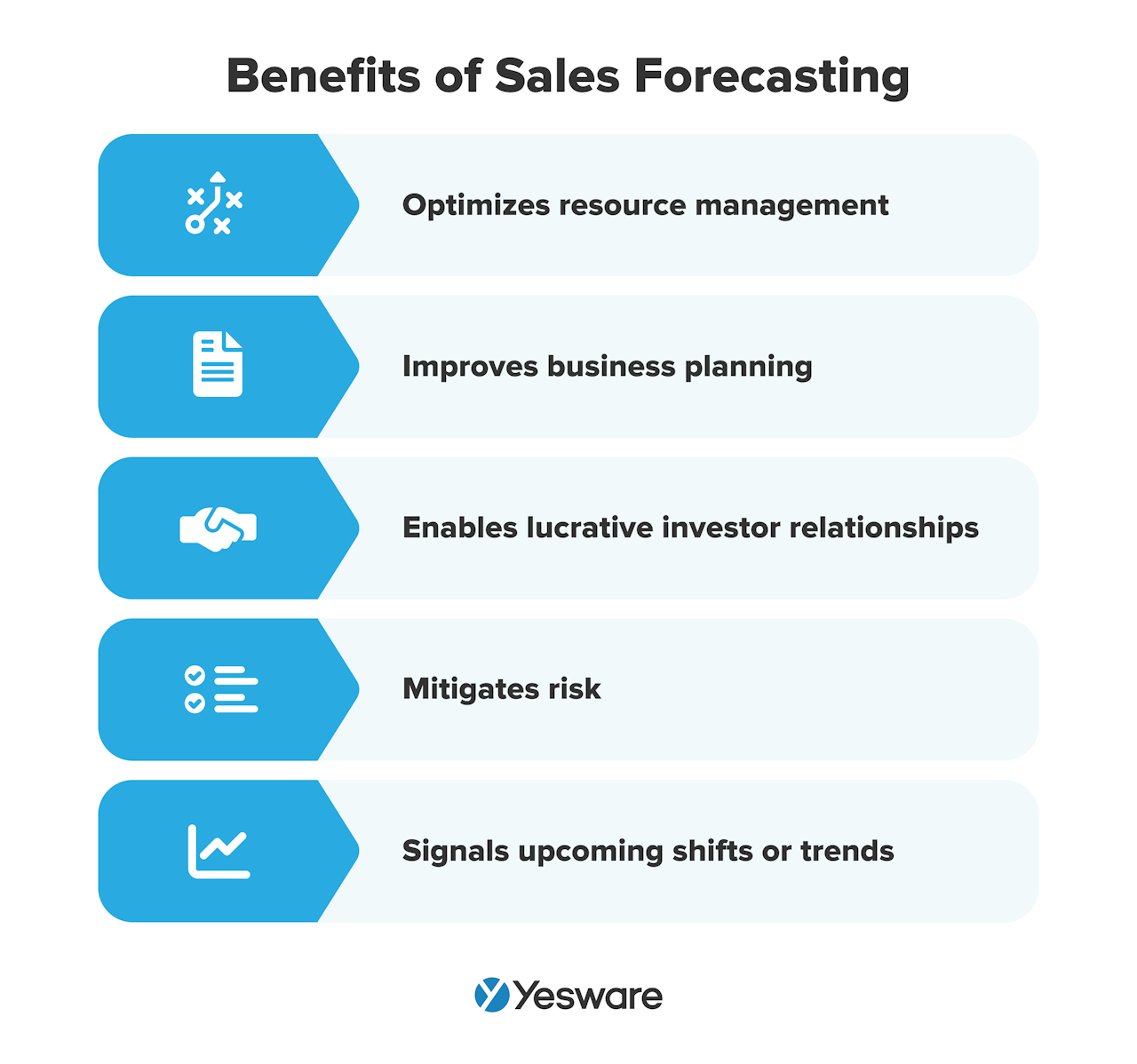
- Accurate Sales Forecasting: When your sales reps consistently adhere to a predictable sales cycle, it transforms your sales process into a highly reliable engine for accurate sales forecasting.
- Stronger Investor Relations: Like a formalized sales cycle, accurate sales projections are critical for business health and attracting investment. Shareholders are eager to work with companies that “talk the talk and walk the walk”—a well-defined sales cycle provides the data and predictability to back up your ambitious projections, making your business a more attractive and trustworthy investment.
The Stages of a Sales Cycle: A Step-by-Step Guide
1. Prospect
Definition: This is the foundational stage where sales professionals identify and research potential customers (leads or prospects) who fit their Ideal Customer Profile (ICP) and have a high likelihood of needing their product or service. 
Key Activities:
- Defining your ICP and buyer personas.
- Researching companies and individuals using LinkedIn Sales Navigator, corporate websites, industry reports, and CRM data.
- Identifying pain points and potential needs based on public information.
- Building targeted lists of contacts.
Actionable Tips/Best Practices:
- Prioritize Quality over Quantity: Focus on deeply researching fewer, higher-fit prospects rather than simply collecting many names.
- Leverage Intent Data: Use tools that show which companies are actively researching solutions like yours.
- Personalize Initial Outreach: Avoid sounding too generic. Reference specific company news, recent achievements, or identified challenges.
Goal for the Stage: To generate a qualified list of potential customers who align with your target market and are worth initiating contact with.
Pro Tip: Check out the blog about pre-call planning to make sure you gather all the information about your prospects you need to succeed.

2. Contact
Definition: This stage involves reaching out to the identified prospects to establish a connection, introduce your value proposition, and gauge their initial interest.
Key Activities:
- Crafting personalized cold emails, LinkedIn messages, or cold calling scripts.
- Executing multi-channel outreach sequences (email, phone, social).
- Delivering a concise, compelling value proposition (often in the form of a “hook” or “teaser”).
- Attempting to secure an initial sales conversation or meeting.
Actionable Tips/Best Practices:
- Focus on Them, Not You: Your initial message should quickly pivot to the prospect’s likely challenges, not your product features.
- Master Your Opening Line: On calls, have a strong, clear opening that quickly establishes relevance.
- Be Persistent, Not Annoying: Use thoughtful follow-up cadences. Mix your channels and message types.
Goal for the Stage: To secure an initial, brief conversation or discovery call with a prospect who shows enough preliminary interest to explore further.
Pro Tip: Many companies utilize inbound sales and marketing strategies for the prospecting stage, with a lead magnet or other opt-in process. Marketing strategies like these make email addresses or phone numbers readily available. 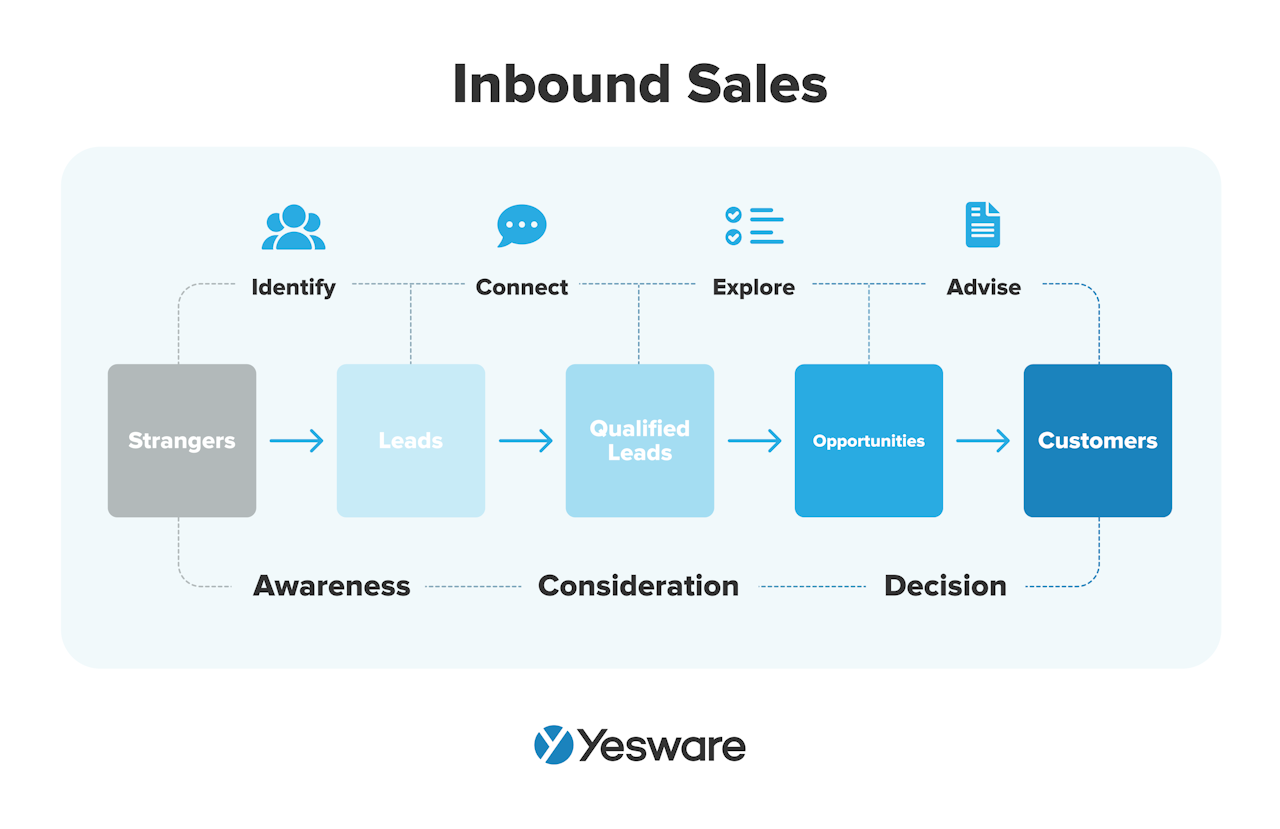 For businesses that rely on outbound marketing, consider any of the following ways to make contact with your prospects:
For businesses that rely on outbound marketing, consider any of the following ways to make contact with your prospects:
- Phone call
- Sales letter
- Social media message
- Introduction through a mutual connection
Remember that your first contact is not intended to be a full sales pitch. The purpose of the initial contact is to build rapport with potential leads and, in many cases, begin to further qualify the prospect.
3. Qualify
Definition: In this critical stage, sales professionals conduct deeper conversations to determine if the prospect has a genuine need for the product, possesses the budget and authority to purchase, and aligns with the sales team’s ideal customer profile (often referred to as BANT, MEDDIC, or other qualification frameworks).
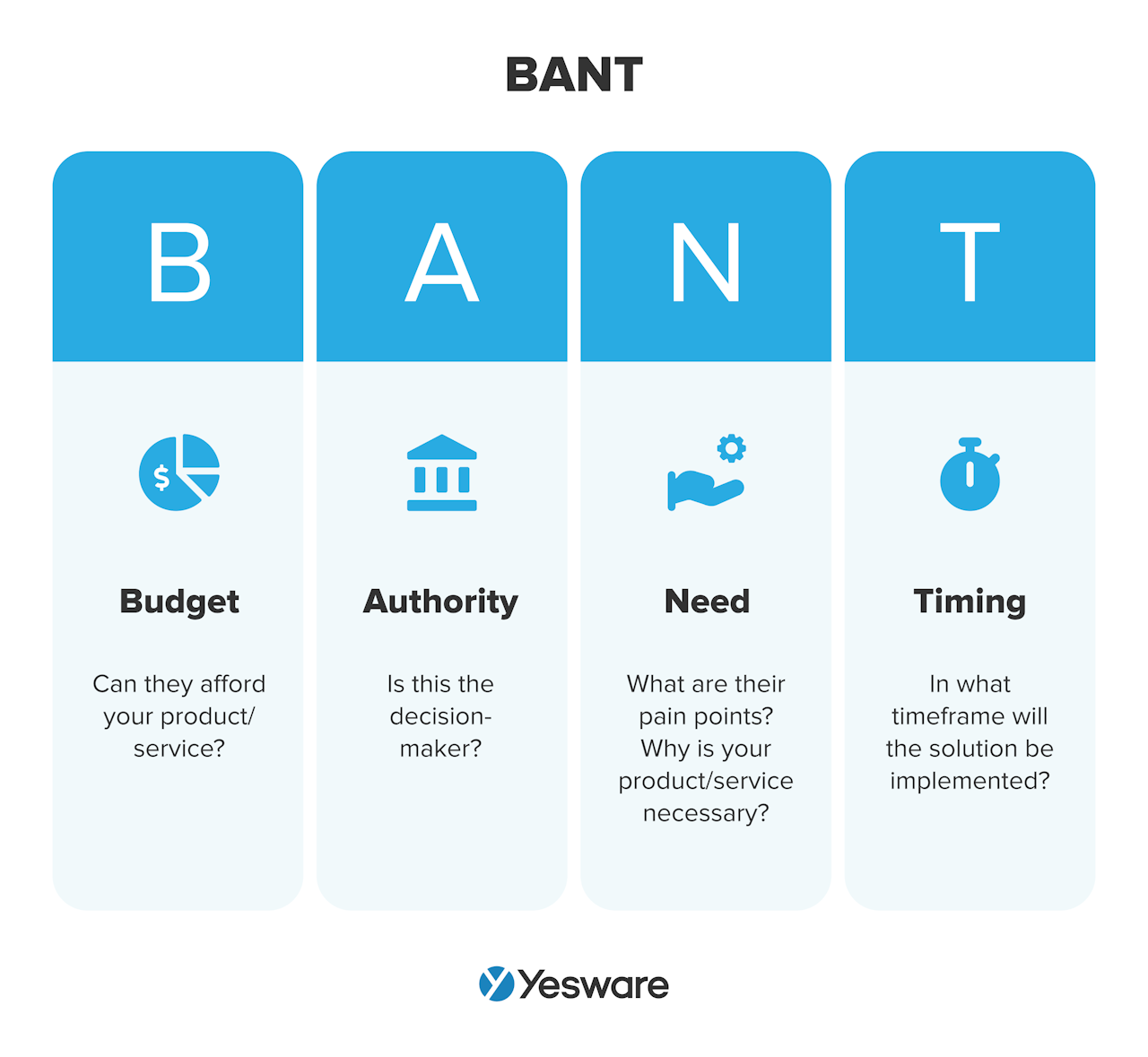
Key Activities:
- Asking targeted, open-ended questions to uncover needs, pain points, goals, and existing solutions.
- Identifying decision-makers and understanding the buying process.
- Assessing budget availability and timeline for implementation.
- Determining if the prospect is a strategic fit for your offering.
Actionable Tips/Best Practices:
- Listen More Than You Talk: Your role here is to gather information, not to sell. Use the “I Really Want to Know” sales tonality.
- Use a Qualification Framework: Adopt a consistent method (e.g., BANT, MEDDIC, GPCTBA/C&I) to ensure thorough qualification.
- Don’t Be Afraid to Disqualify: Saving time by identifying non-fits early benefits both you and the prospect.
- Remember to Nurture Leads: For leads that seem qualified, but need more time, consider adding some automated nurturing; email drip campaigns are great for that.
Goal for the Stage: To confirm that the prospect represents a viable opportunity that warrants further investment of time and resources, leading to a deeper discovery or solution-focused discussion.
4. Discovery and Needs Assessment
Definition: Once qualified, this stage involves a comprehensive exploration of the prospect’s current situation, challenges, objectives, and desired outcomes. The goal is to fully understand their unique context before proposing any solutions.
Key Activities:
- Conducting in-depth interviews with key stakeholders.
- Asking probing questions (“What if you do nothing?”, “What’s the impact of this problem?”).
- Mapping out their current processes and identifying inefficiencies.
- Understanding their strategic priorities and business goals.
Actionable Tips/Best Practices:
- Go Beyond Surface-Level: Dig into the root causes and emotional impact of their problems. Use the “I Really Want to Know” tone.
- Collaborate, Don’t Interrogate: Position yourself as a consultant helping them diagnose their own situation.
- Uncover Unstated Needs: Listen for what’s not being said, or for frustrations they might normalize.
Goal for the Stage: To gain a deep, shared understanding of the prospect’s challenges and goals, allowing you to precisely articulate how your solution can deliver measurable value.
5. Solution Presentation and Demonstration
Definition: At this stage, the sales professional presents a tailored solution that directly addresses the specific needs and challenges uncovered during discovery, often accompanied by a product demonstration. You’ll also want to make sure you know your product’s unique selling proposition (USP) like the back of your hand. 
Key Activities:
- Customizing presentations and demos to highlight relevant features and benefits.
- Connecting features directly to the prospect’s pain points and desired outcomes.
- Showcasing quantifiable ROI or specific success stories.
- Engaging multiple stakeholders from the prospect’s side.
Actionable Tips/Best Practices:
- “Show, Don’t Just Tell”: Let the product do the talking where possible, but always explain the “so what” for their business.
- Tell Stories: Relate to similar customer success stories to build credibility and make the solution tangible.
- Facilitate Participation: Encourage questions and interaction from the prospect’s team throughout the demo.
- Use “Enthusiastic Personalization” and “Absolute Certainty” tones: Convey your conviction in the solution’s fit.
Goal for the Stage: To secure agreement from the prospect that your proposed solution effectively addresses their needs and provides significant value, making them ready to consider next steps towards purchase.
Pro Tip: Check out our post on sales presentation tips and templates for more best practices.
6. Overcome Objections
Definition: This stage involves overcoming sales objections, addressing any concerns, questions, or pushbacks from the prospect, and then negotiating the terms of the agreement to reach a mutually beneficial outcome. 
Key Activities:
- Practicing active listening skills and acknowledging objections (e.g., price, timing, perceived complexity, need for internal buy-in).
- Asking clarifying questions to understand the root of the objection.
- Providing well-reasoned responses that reaffirm value and mitigate risk.
- Discussing pricing, contract terms, and implementation specifics.
Actionable Tips/Best Practices:
- Embrace Objections: Practice a positive sales mindset and view them as opportunities to further clarify value, not as rejections. Use the “Reasonable” and “I Really Want to Know” tones.

- Prep Common Objections: Have well-rehearsed, yet natural, responses for the most frequent objections.
- Focus on Value, Not Just Price: Anchor the conversation to the ROI and benefits, not just the cost.
- Be Patient and Empathetic: Don’t get defensive. Address concerns calmly and confidently.
Goal for the Stage: To resolve all outstanding concerns and reach a preliminary agreement on the core terms, paving the way for the final commitment.
7. Close
Definition: This is the culmination of the sales cycle, where sales professionals execute the close, a.k.a. the prospect formally agrees to purchase the product or service, and the necessary contracts and paperwork are completed.
Key Activities:
- Proposing a clear call to action (e.g., “Ready to move forward?”).
- Summarizing the agreed-upon terms and value proposition.
- Addressing any last-minute questions or hesitations.
- Guiding the prospect through the signing process.
Actionable Tips/Best Practices:
- Be Direct and Confident: Use the “Absolute Certainty” and “Presupposing” tones. Avoid ambiguity.
- Assume the Close: Speak as if the decision to buy has already been made, guiding them through the logistical steps.
- Reiterate Key Benefits: Briefly remind them of the primary value they’ll gain.
- Make it Easy: Simplify the signing process.
- Address Last-Minute Fears: Use the “I Really Want to Know” tone for any final uncertainties.
Goal for the Stage: To obtain a signed contract and secure the new customer.
Remember, that some clients will be ready to sign on the dotted line then and there. In these cases, you can make a more forcefully suggestive move to close, like “I’ll just go draw up the contract. Give me five minutes.”
In other cases, you may have to continue finessing to get to yes. Take the time to continue asking and answering questions; many clients need more reassurance and/or time to consider before they’re ready to commit. This is perfectly normal. In fact, 80% of sales require 5 follow-ups before close. 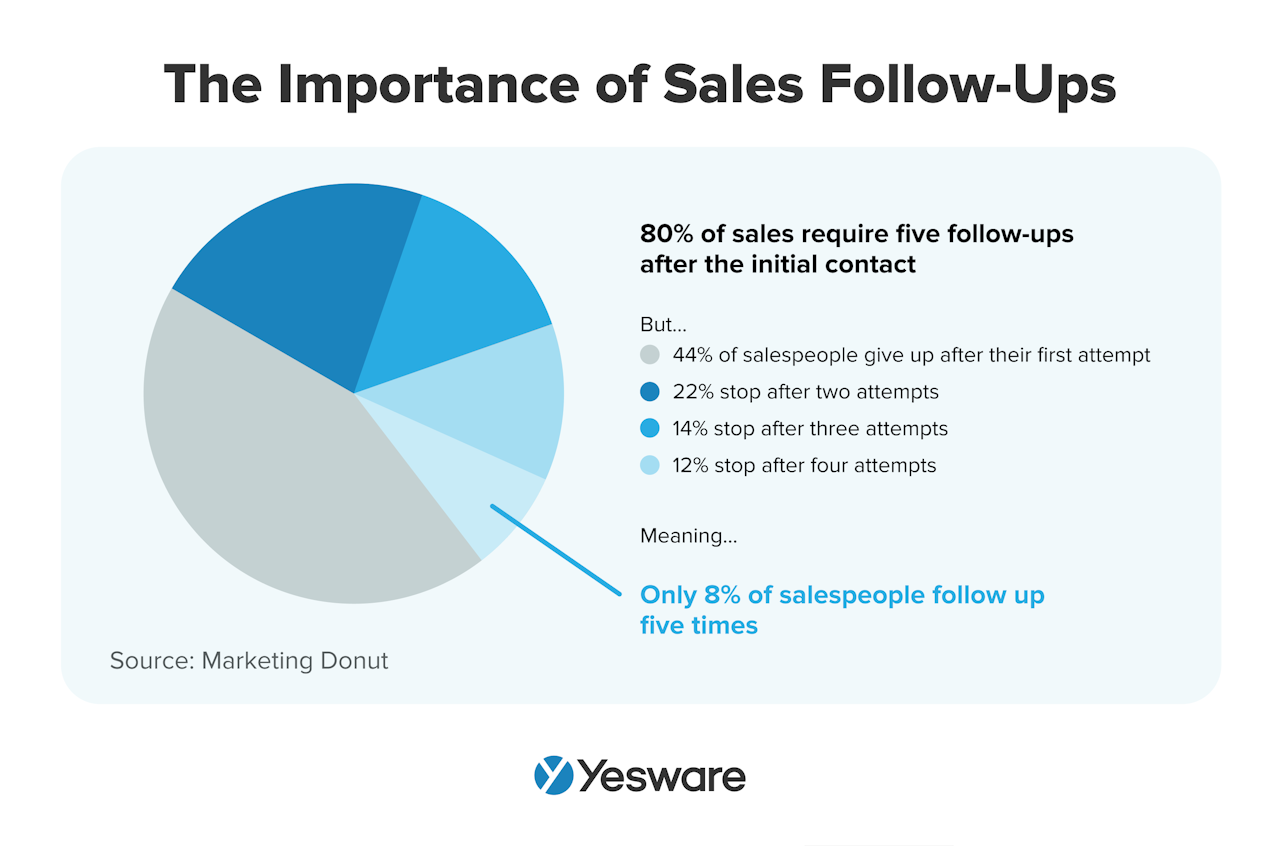
8. Post-Purchase Follow-up/Nurture
Definition: While often considered outside the “core” sales cycle, the post-purchase phase is crucial for customer retention, advocacy, and future upsells/cross-sells. It’s about ensuring customer success and building a lasting relationship.
Key Activities:
- Seamless handoff to customer success or onboarding teams.
- Following up to ensure smooth implementation and initial satisfaction.
- Identifying opportunities for expansion or additional services.
- Soliciting testimonials and referrals.

Actionable Tips/Best Practices:
- Don’t Disappear: Maintain communication even after the deal closes.
- Focus on Their Success: Your goal shifts from “selling” to “ensuring value realization.”
- Build a Relationship: Become a trusted advisor, not just a vendor.
Goal for the Stage: To ensure customer satisfaction, drive product adoption, foster loyalty, and create opportunities for future growth and advocacy.
It’s clear that the sales cycle has many, many moving pieces. Your leads will not all move through your pipeline at the same pace, or with the same outcomes through each stage. Leverage the automation that your CRM has to offer; it can go a long way in making this process run as smoothly as possible.
Tip: Accelerate results in your sales cycle with these data-backed findings on up-to-date sales strategies:
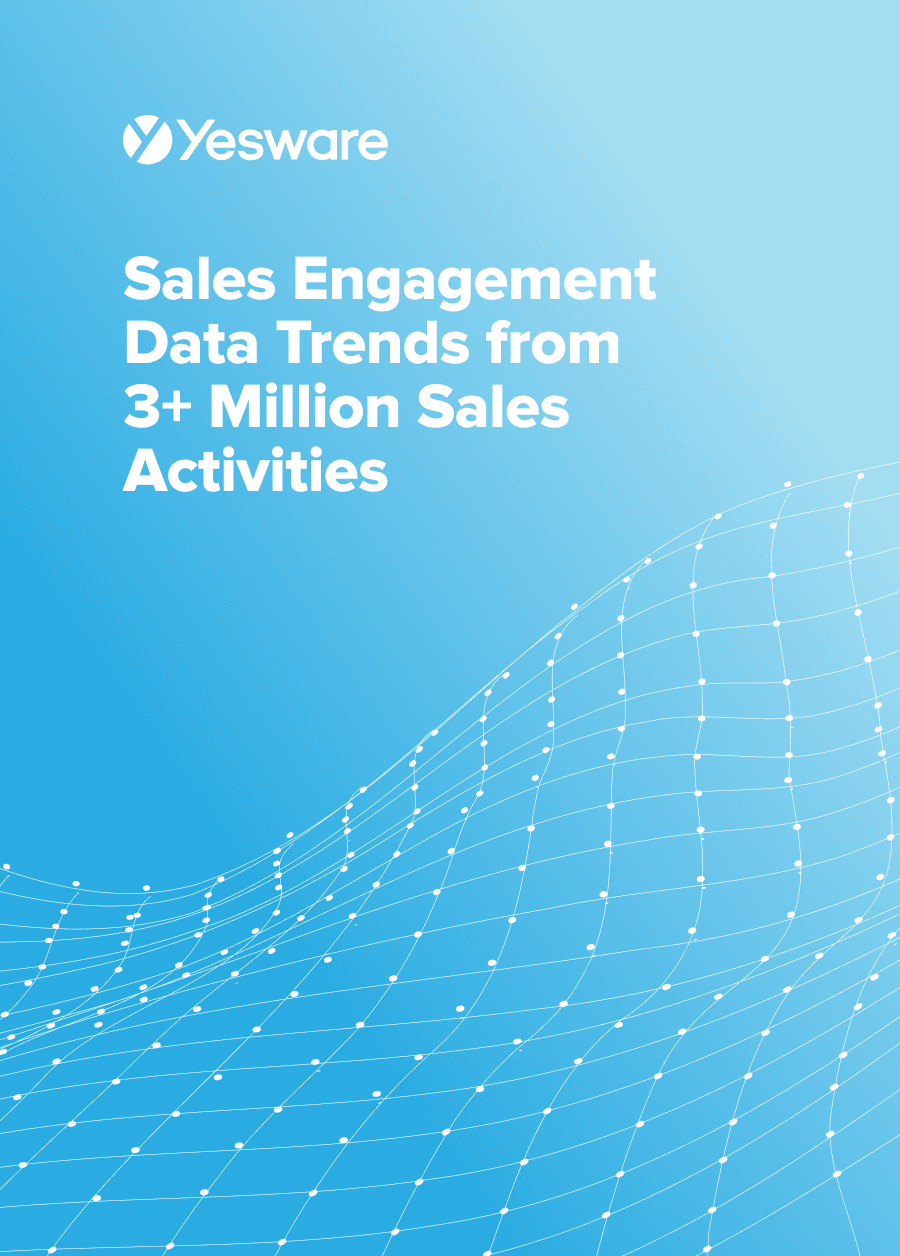 Sales Engagement Data Trends from 3+ Million Sales ActivitiesLooking at millions of tracked email activity over the past few years, this ebook is filled with our top studies and findings to help sales teams accelerate results.
Sales Engagement Data Trends from 3+ Million Sales ActivitiesLooking at millions of tracked email activity over the past few years, this ebook is filled with our top studies and findings to help sales teams accelerate results.
What Influences Sales Cycle Length?
The sales cycle length can fluctuate significantly depending on a multitude of internal and external factors. Understanding these influences is crucial for sales leaders and reps alike, as it helps in setting realistic expectations, forecasting accurately, and implementing targeted strategies to optimize efficiency.
Here are the primary factors that impact how long it takes to close a deal:
1. Product/Service Complexity and Price Point
Complexity: Highly technical, customizable, or innovative solutions often require more extensive education, multiple demonstrations, and deeper discovery sessions. The more complex the offering, the longer it generally takes for a prospect to fully understand its value and how it integrates with their existing ecosystem.
Price Point: Higher-priced products or services naturally entail a larger financial commitment and greater perceived risk for the buyer. This typically translates into longer sales cycles due to more rigorous internal vetting, budget approvals, and negotiation phases. Lower-priced, more transactional sales tend to close much faster.
2. Target Audience (B2B vs. B2C, SMB vs. Enterprise)
B2B (Business-to-Business) vs. B2C (Business-to-Consumer):
- B2B Sales Cycles: Almost always longer. Businesses have more complex needs, higher stakes, and typically require significant ROI justification.
- B2C Sales Cycles: Generally much shorter, often driven by individual needs, emotions, and lower price points, sometimes closing within minutes or days.
SMB vs. Enterprise:
- SMB Sales Cycles: Tend to be shorter, as there are usually fewer decision-makers, less bureaucracy, and smaller budgets involved.
- Enterprise Sales Cycles: Are typically the longest. These deals involve large contracts, extensive vetting processes, multiple departments, and often require integrations with complex legacy systems.
3. Number of Decision-Makers Involved
The more individuals involved in a purchasing decision, the longer the sales cycle. Each stakeholder (e.g., end-user, manager, IT, finance, legal, executive sponsor) often has different priorities, concerns, and approval processes.
Sales professionals must identify, engage, and influence each decision-maker, often requiring multiple meetings, customized presentations, and addressing various objections, which naturally extends the timeline.
4. Industry and Market Conditions
Industry Norms: Certain industries inherently have longer sales cycles due to regulatory requirements, long budgeting cycles, or the nature of their operations (e.g., healthcare, government, manufacturing).
Economic Climate: During economic downturns or periods of uncertainty, businesses become more risk-averse, leading to longer decision-making processes, increased scrutiny of spending, and more difficult budget approvals. Conversely, boom times might see shorter cycles due to increased urgency and available capital.
Competitive Landscape: A highly competitive market might force prospects to evaluate more options, leading to longer comparison phases, while a less crowded market might see faster decisions.
5. Sales Team Efficiency and Training
The internal capabilities and effectiveness of your sales team significantly influence cycle length.
Efficiency: Streamlined internal processes, effective use of CRM and a sales engagement platform, and robust follow-up cadences can shorten cycles.

Training: Highly trained reps who excel at qualification, objection handling, value articulation, and multi-threading (engaging multiple stakeholders) can navigate the cycle more swiftly than less experienced or poorly trained teams.
6. Customer’s Urgency/Need
The prospect’s perceived urgency of their problem or need is a major determinant. If they are in a critical “pain” state and need an immediate solution, the cycle will naturally be shorter.
Conversely, if the problem is a low priority, not causing significant current impact, or if they are just “Browse,” the sales cycle can drag out indefinitely or stall. Effective sales professionals often work to quantify and elevate the sense of urgency.
7. Sales Process Maturity
A well-defined, documented, and consistently followed sales process typically leads to shorter, more predictable sales cycles.
Organizations with a haphazard, undefined, or inconsistently executed sales process often experience longer, more erratic sales cycles due to confusion, missed steps, and a lack of clear ownership and accountability at each stage. A mature process implies a better understanding of what works and what doesn’t.
By understanding these multifaceted factors, sales teams can proactively anticipate challenges, tailor their strategies, and implement optimizations that lead to more predictable, efficient, and ultimately shorter sales cycles.
How to Optimize, Measure, and Shorten Your Sales Cycle
Defining your sales cycle is only the first step. The real strategic advantage comes from continuously optimizing, measuring, and actively working to shorten it. A lean, efficient sales cycle translates directly into faster revenue growth, more predictable forecasting, and a more effective sales team. Here’s how to master this critical aspect of sales.
How to Create Your Sales Cycle
Building an effective sales cycle isn’t about guesswork; it’s about codifying your most successful sales motions into a repeatable framework.
- Map Your Current Sales Journey: Start by detailing how your best deals currently close. What are the common steps a prospect takes? Who do they interact with? What information do they need at each stage?
- Identify Key Milestones and Activities: For each interaction point, define the specific activities sales reps perform and the buyer actions that signify movement to the next stage. These become your sales cycle stages.
- Define Entry and Exit Criteria for Each Stage: Clearly outline what must happen for a deal to enter a stage and what must be achieved to move it out. This ensures consistency and accuracy in your pipeline.
- Assign Ownership and Responsibilities: Clarify who owns each stage or specific tasks within a stage. This promotes accountability and smooth handoffs.
- Document and Communicate: Formalize your sales cycle in a clear, accessible document. Share it widely with your sales team, marketing, and customer success, ensuring everyone understands the customer’s journey.
- Integrate with Your CRM: Configure your CRM to reflect your defined sales cycle stages. This is crucial for tracking, reporting, and management.
Key Metrics to Track (KPIs)
To optimize your sales cycle, you need to measure it. These key performance indicators (KPIs) provide the data necessary to identify strengths, weaknesses, and opportunities for improvement.
- Average Sales Cycle Length: This metric tells you the average time it takes for a deal to move from the initial contact to closure (either won or lost).
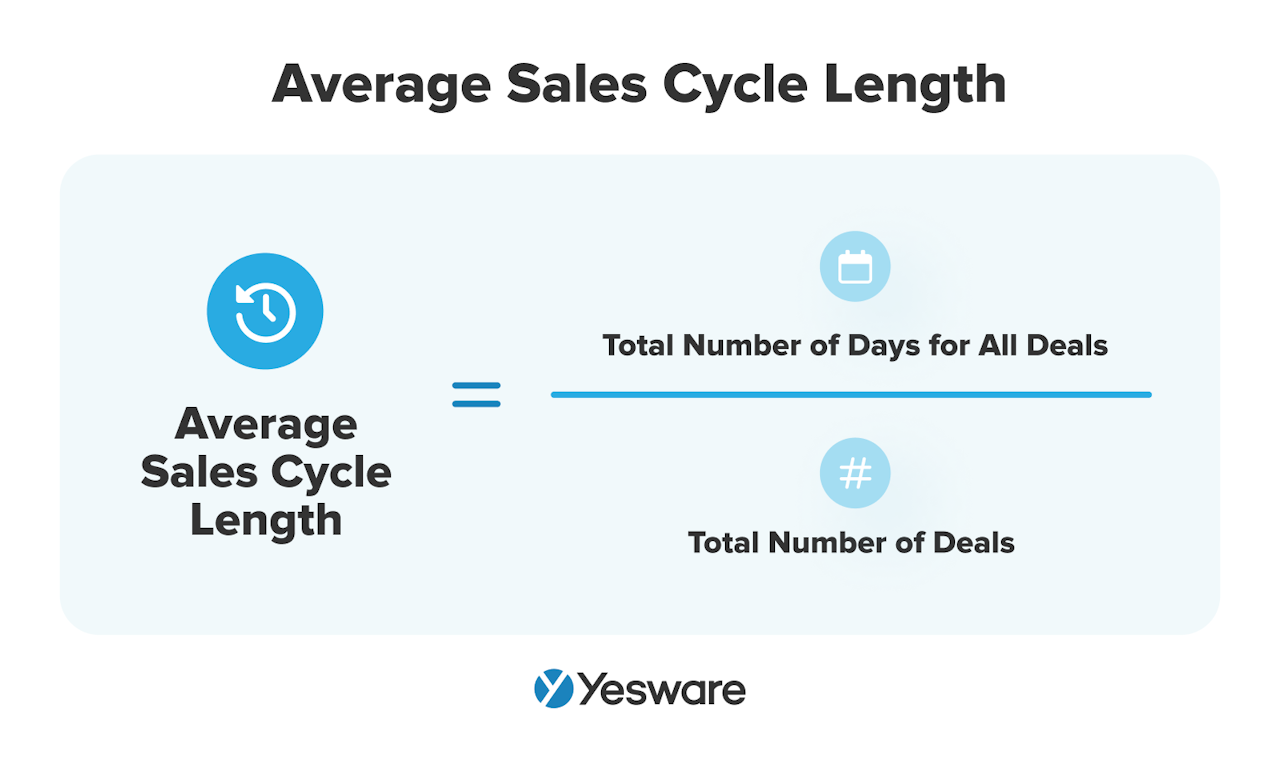
Calculation Example: If you close 5 deals in a month with cycle lengths of 30, 45, 60, 35, and 40 days, your average sales cycle length is days.
Why it matters: A shorter average sales cycle means faster revenue realization and allows reps to handle more opportunities.
- Conversion Rates Between Stages: This tracks the percentage of deals that successfully move from one stage of your sales cycle to the next.

Why it matters: Pinpoints specific bottlenecks. If the conversion rate from “Demo” to “Proposal” is low, it signals an issue in your demo effectiveness or value articulation.
- Sales Velocity: This metric measures how quickly deals are moving through your pipeline and generating revenue. It considers the number of opportunities, average deal value, and win rate, divided by sales cycle length.

Why it matters: It gives you a holistic view of your pipeline’s momentum and efficiency.
- Win Rate: This is the percentage of qualified opportunities that result in a closed-won deal.

Why it matters: While not directly a measure of speed, a higher win rate indicates your cycle is effective at converting leads into customers, which impacts overall efficiency.
Strategies to Shorten Your Sales Cycle
Research consistently shows that companies with shorter sales cycles see more sales growth than those with lengthier ones.
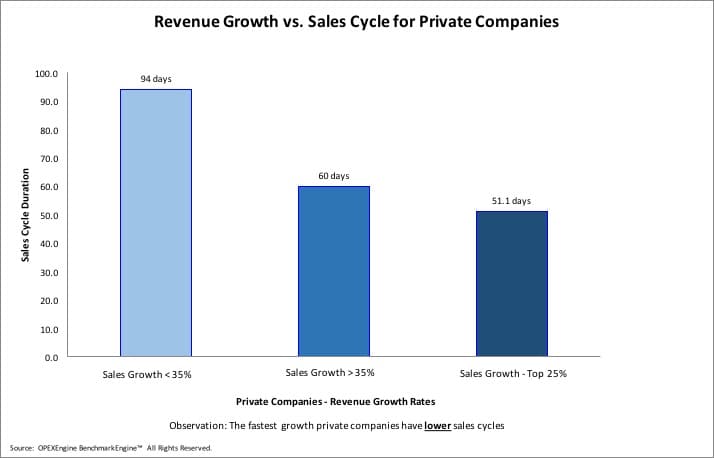
Once you’re measuring your sales KPIs, you can start to optimize your sales cycle. The below strategies focus on streamlining processes, enhancing effectiveness, and leveraging technology to accelerate deals.
- Better Lead Qualification: The single most impactful way to shorten your sales cycle is to ensure you’re only spending time on the right prospects.
- Focus on Ideal Customer Profiles (ICPs) and Buyer Personas: Deeply understand who your best customers are and align your prospecting efforts accordingly.
- Rigorous Qualification Frameworks: Implement and adhere to frameworks like BANT (Budget, Authority, Need, Timeline) or MEDDIC (Metrics, Economic Buyer, Decision Criteria, Decision Process, Identify Pain, Champion) to filter out non-fits early.
- Streamline Your Sales Process: Eliminate unnecessary steps and clarify handoffs between team members.
- Remove Redundancy: Are there redundant meetings or internal approvals that slow things down?
- Clarify Handoffs: Ensure smooth transitions between SDRs, AEs, and CSMs, with clear communication and shared context.
- Leverage Sales Technology (CRM and Sales Engagement Platforms like Yesware): Technology is your accelerator.
- Automating Tasks: Use tools to automate routine tasks like email follow-ups, scheduling, and data entry, freeing reps to focus on selling.
- Centralized Communication: A single platform for all communications and prospect history ensures everyone has the necessary context.
- Insights from Data: Use analytics from your CRM and sales engagement platform to identify patterns, predict outcomes, and highlight where your sales cycle can be shortened. Yesware’s powerful tracking features can help you understand what messages and cadences are most effective at moving prospects through your cycle faster.
- Improve Sales Team Skills: Ongoing training is vital for efficiency.
- Objection Handling: Equip your team with strong, confident techniques to address concerns quickly and effectively, preventing deals from stalling.
- Discovery Mastery: Train reps to ask powerful questions that uncover true needs and urgency early in the cycle, leading to more tailored and faster solutions.
- Stronger Value Proposition: Clearly articulate the quantifiable return on investment (ROI) your solution provides.
- Focus on Outcomes: Prospects buy solutions to problems. Quantify the time, money, or resources they will save or gain.
- Tailored Messaging: Ensure your value proposition is customized to each prospect’s specific challenges and goals.
- Effective Follow-up and Nurturing: Consistent, relevant communication keeps deals moving.
- Automated Cadences: Use sales engagement platforms to set up intelligent, multi-channel follow-up sequences.
- Personalized Content: Ensure every touchpoint adds value and directly addresses prospect needs.
- Address Objections Proactively: Don’t wait for objections to surface.
- Anticipate: Based on common objections, weave answers or clarifications into your presentations and conversations before they become a barrier.
- Education: Provide resources (case studies, FAQs, whitepapers) that pre-empt common concerns.
- Buyer Enablement: Provide resources that help buyers make internal decisions faster.
- Internal Champions: Equip your internal champions with the information and tools they need to sell your solution internally to other stakeholders.
- Clear Next Steps: Always ensure the prospect knows exactly what the next step is and why it benefits them.
- Sales and Marketing Alignment: Break down silos between your sales and marketing teams.
- Shared Goals and Definitions: Ensure both teams are working towards the same Ideal Customer Profile and understand what constitutes a “qualified lead.”
- Consistent Messaging: Marketing content should pre-educate and qualify prospects, while sales should reinforce and deepen those messages, creating a seamless buyer journey.
- Closed-Loop Feedback: Marketing needs feedback from sales on lead quality, and sales needs updated content and campaigns from marketing.
- Using Social Proof: Leverage the power of what others are saying about you.
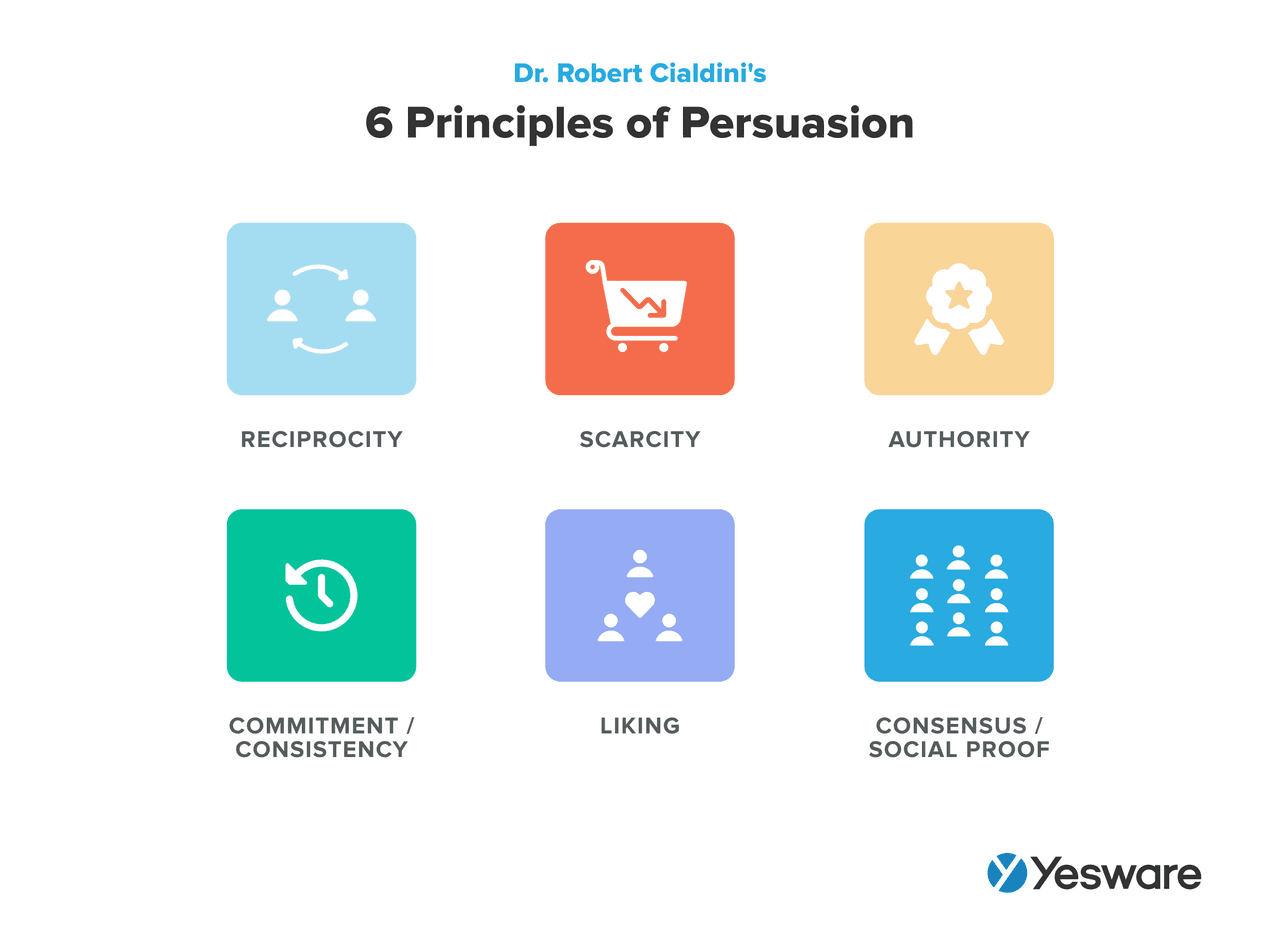
-
- Customer Testimonials and Case Studies: Integrate relevant success stories, quotes, and data from existing customers early and throughout the sales cycle.
- Review Site Presence: Encourage satisfied customers to leave reviews on platforms like G2, Capterra, or TrustRadius, which prospects often consult during their research.
- Referrals and Introductions: A warm introduction from a mutual connection can significantly shorten the sales cycle by establishing immediate trust and credibility.
Continuous Improvement and Analysis: The Iterative Loop
Optimizing your sales cycle isn’t a one-time project; it’s an ongoing commitment to refinement.
- Regular Data Review: Consistently review your sales cycle KPIs (average length, conversion rates, velocity) in your CRM and sales analytics dashboards. Look for trends, dips, or spikes.
- Identify Bottlenecks: When a stage consistently shows low conversion rates, it’s a bottleneck. Deep dive into calls, emails, and activities within that stage to understand the root cause.
- A/B Test Strategies: Experiment with different messaging, sales playbooks, or qualification questions. Track which approaches lead to shorter cycles or higher conversion rates.

- Gather Feedback: Regularly solicit feedback from your sales reps on what’s working and what’s hindering progress in the field.
- Adapt to Market Changes: The market, your product, and your competitors are constantly evolving. Be prepared to adjust your sales cycle to remain effective and competitive.
By embracing this cycle of analysis and adaptation, your sales organization will not only shorten its sales cycle but also build a robust, resilient, and consistently high-performing revenue engine.
Essential Tools for Sales Cycle Management
Efficiently navigating and optimizing your sales cycle in today’s competitive landscape is nearly impossible without the right technology. Modern sales tools are no longer just optional; they are fundamental accelerators that streamline processes, provide critical insights, and empower your sales team to perform at their peak. Here are the essential categories of tools for effective sales cycle management:
1. CRM (Customer Relationship Management)
Role in Sales Cycle Management: A CRM strategy is the central nervous system of your sales operation. It serves as a single source of truth for all customer data, interactions, and deal progress throughout the entire sales cycle. From prospecting to post-purchase, a CRM helps you manage leads, track opportunities, log communications, and maintain a historical record of every customer relationship.

Key Benefits for the Sales Cycle:
- Centralized Data: Ensures all reps have access to up-to-date prospect information.
- Pipeline Visibility: Provides a clear overview of deals in progress, their stage, and value.
- Task Management: Helps reps manage follow-ups, meetings, and next steps efficiently.
- Historical Context: Allows you to quickly review past interactions, ensuring continuity and personalization.
2. Sales Engagement Platforms (SEPs)
Role in Sales Cycle Management: Sales engagement platforms are designed to help sales teams execute consistent, personalized, and scalable outreach throughout the initial and middle stages of the sales cycle. They automate repetitive tasks while enabling reps to maintain a human touch.
Key Benefits for the Sales Cycle:
- Automated Cadences/Sequences: Streamline multi-touch outreach (email, phone, social) ensuring no lead falls through the cracks.
- Personalization at Scale: Facilitate sending highly personalized emails and messages quickly.
- Engagement Tracking: Provide real-time insights into email opens, link clicks, and attachment views, indicating prospect interest.
- Optimized Follow-ups: Ensure timely and relevant follow-ups, a critical factor in shortening the sales cycle.
Pro Tip: Yesware is a leading sales engagement platform that seamlessly integrates with your existing email and CRM. With Yesware, you can build powerful multi-channel cadences, track email engagement (opens, clicks, replies), utilize winning email templates, and gain analytics to understand what moves deals through your sales cycle fastest. This allows your team to communicate more effectively and spend more time selling.

3. Sales Automation Tools
Role in Sales Cycle Management: These tools automate various repetitive, manual tasks throughout the sales cycle, reducing administrative burden on reps and improving efficiency.
Key Benefits for the Sales Cycle:
- Time Savings: Automate data entry, meeting scheduling, lead routing, and follow-up reminders.
- Reduced Errors: Minimize human error in data management and task execution.
- Increased Productivity: Free up reps to focus on high-value activities like engaging with prospects and closing deals.
- Consistency: Ensure that key steps in your sales process are consistently executed every time.
4. Analytics and Reporting Dashboards
Role in Sales Cycle Management: These tools provide the crucial insights needed to measure, analyze, and continuously optimize your sales cycle. They transform raw data from your CRM and other platforms into actionable intelligence.
Key Benefits for the Sales Cycle:
- Performance Measurement: Track key sales cycle KPIs like average length, conversion rates, and sales velocity.
- Bottleneck Identification: Visually highlight where deals are stalling or dropping off in the pipeline.
- Forecasting Accuracy: Provide data-driven projections of future revenue based on pipeline health and historical trends.
- Coaching Opportunities: Identify areas where individual reps or the team as a whole need targeted training or support to improve sales cycle efficiency.
- Strategic Decision-Making: Empower sales leaders to make informed decisions about process adjustments, resource allocation, and strategy shifts.
Automate Everything
Remember that statistic we looked at earlier — that salespeople only spend about a third of their time performing revenue-generating sales activities?
One surefire way to combat that — and improve your sales cycle management process — is to automate the process wherever possible. Look for ways to automate data entry, activity tracking, and analytics operations. These are all opportunities to alleviate the administrative workload of sales reps.
If you’re looking to try a sales engagement platform for free, download Yesware here.
FAQs
Q1: What is the primary difference between a sales cycle and a sales process?
The sales cycle refers to the entire duration from the first customer contact to the closed deal. It’s the buyer’s journey and the overall time it takes. The sales process, on the other hand, is the series of defined, repeatable steps your sales team takes to guide a prospect through that cycle (e.g., Prospecting, Qualification, Demo, Close). Think of the cycle as the “how long” and the process as the “what steps.”
Q2: Why is it important to track my average sales cycle length?
Tracking your average sales cycle length is crucial for several reasons:
- Accurate Forecasting: It helps you predict future revenue more reliably.
- Resource Allocation: You can better understand how much time and effort to allocate to each opportunity.
- Bottleneck Identification: A sudden increase in length can indicate a problem in a specific stage of your sales process that needs addressing.
- Performance Benchmarking: It allows you to compare your team’s efficiency over time or against industry standards.
Q3: How can sales technology, like Yesware, help shorten my sales cycle?
Sales technology, particularly Sales Engagement Platforms like Yesware, can significantly shorten your sales cycle by:
- Automating Repetitive Tasks: Freeing up reps to focus on selling (e.g., automated email follow-ups).
- Providing Engagement Insights: Showing you who’s interacting with your emails and content, allowing for timely and relevant follow-ups.
- Streamlining Communication: Enabling consistent, personalized outreach at scale across multiple channels.
- Delivering Analytics: Helping you identify which messages and strategies are most effective at moving deals forward faster.
Q4: What are some quick wins for shortening a sales cycle?
Some immediate strategies include:
- Rigorously Qualify Leads: Disqualify non-ideal prospects early to save time.
- Automate Follow-ups: Use tools to ensure consistent, timely communication.
- Focus on Value over Features: Clearly articulate the ROI and specific benefits for the prospect’s needs.
- Prepare for Objections: Anticipate common objections and have compelling responses ready.
- Ensure Clear Next Steps: Always end an interaction by defining the explicit next action for both parties.
Q5: Can shortening the sales cycle negatively impact customer relationships?
Not if done correctly. The goal isn’t to rush or pressure the customer, but to eliminate unnecessary delays and inefficiencies in your internal process and the buyer’s journey. A well-optimized, shorter sales cycle actually leads to a better buyer experience because it’s more streamlined, more focused on their needs, and moves them to their desired solution more efficiently. The key is efficiency and value delivery, not aggression.
This guide was updated on June 04, 2025.
Get sales tips and strategies delivered straight to your inbox.
Yesware will help you generate more sales right from your inbox. Try our Outlook add-on or Gmail Chrome extension for free, forever!
Related Articles
Casey O'Connor
Casey O'Connor
Anya Vitko
Sales, deal management, and communication tips for your inbox

